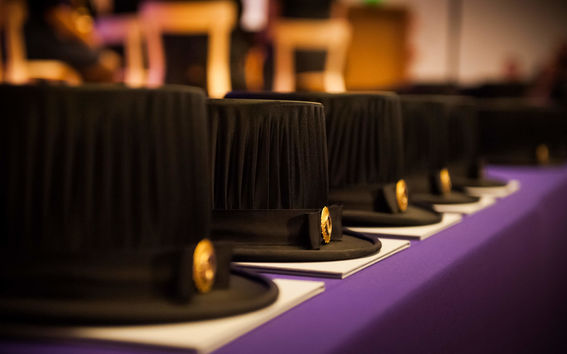Public defence in Chemical Engineering, M.Sc. (Tech.) Petteri Piskunen

When
Where
Event language(s)
Title of the thesis: DNA Origami as a Tool in Biosensing and Nanofabrication
Doctoral student: DI Petteri Piskunen
Opponent: Prof. Philip Tinnefeld, Ludwig-Maximilians University Munich, Germany
Custos: Prof. Mauri A. Kostiainen, Aalto University School of Chemical Engineering, Department of Bioproducts and Biosystems
Self-assembling DNA-nanostructures as tools for sensing and nanofabrication
Self-assembling and programmable materials provide a shortcut for making nearly atomically accurate nanostructures. Deoxyribonucleic acid, commonly known as DNA, is the prime example of such materials. Its ability to encode genetic information, and thus shapes, can be harnessed for the creation of man-made DNA-based nanostructures. With the coming of modern computer-aided design tools, the so-called DNA origami technique allows us to routinely create nanometer-scale structures with superb accuracy and freeform shape. Thanks to their programmability, these DNA nanostructures can be further modified and used e.g., as drug carriers and sensors. However, dry and physiological application environments are often demanding for the integrity of the DNA origami. This imposes a major challenge for the use of DNA nanotechnology in many commercial and medical applications.
This doctoral thesis discusses the exceptional structural properties of DNA origami and how these structures could be employed as tools for enhancing other technologies, like electrical and optical sensors. The work investigates the stability of DNA origami in different demanding environments and shows how DNA origami can be used to enhance the sensitivity of medically relevant electrochemical sensors. Additionally, the work advances a DNA-based patterning technique (DNA-lithography), where DNA origami are used similarly as a stencil mask in the patterning of other objects consisting of fully solid materials. This allows us to exploit the structural accuracy of DNA origami also outside solution conditions, which enables a new manufacturing method for optical measurement surfaces with diverse functionality. The results shown in this thesis help to expand the viability of DNA-based structures in various application environments and, in doing so, brings the technique closer to practical applications.
Thesis available for public display 10 days prio: https://aaltodoc.aalto.fi/doc_public/eonly/riiputus/Doctoral theses in the School of Chemical Engineering: AaltoDocZoom quick guideContact information:






